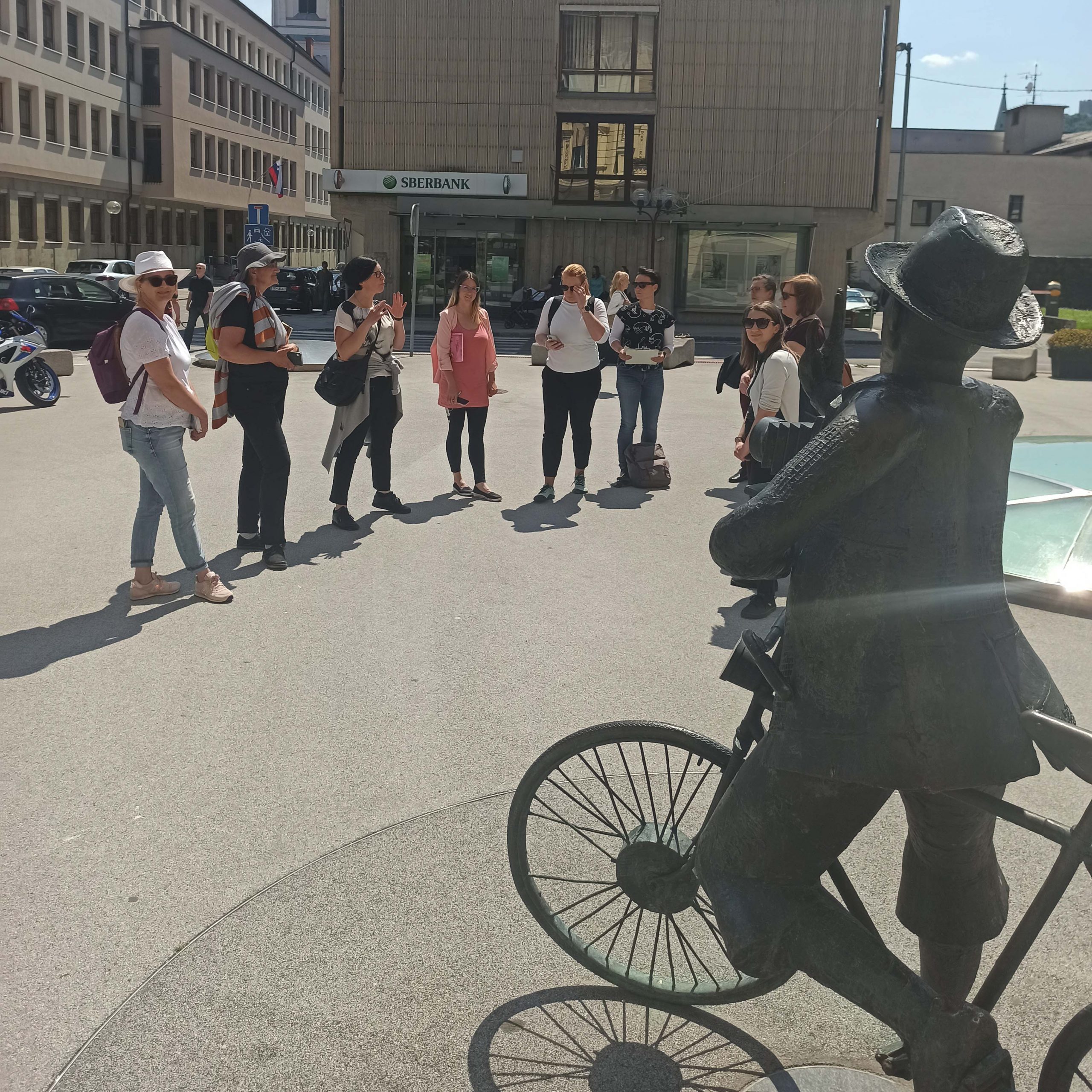It may be a cliché but it can be an important step in learning how to change your writing from listing only facts to making meaningful reading.
In June 2021 I participated an Interpret Europe Certified Interpretive Writer (CIW) course at The Celje Regional Museum in Slovenia. It was definitely one of the hardest training courses I have done. Not only because of the intensive schedule and constant engagement of the brain, but even more because I realised how much my writing is inside the comfort, well-known zone of cultural heritage and archival science I work in. It is very important I know who I write for and adjust my writing to different readers.
In archival science, we follow rules and standards for archival descriptions that differ from the standards for interpretive writing. On this course I realised just how important it is to switch into another way of thinking when writing for the general public and using other words to describe the same documents and make it more interesting and relatable for readers. Since the course, I have adopted a different process of writing texts. First I do it (my) the old way and then upgrade the text afterwards, when I take into consideration for whom I write and how I will go about it. The voice in my head, “Go out of the box” started following me after one of the tasks we completed in the training. We had to paint with words an object on one of the streets in Celje. Where I decided on a beautiful flowerpot, another participant decided on a statue of a famous photographer, Pelikan.
Even though we had the same task, our texts were totally different. I described only facts about the flowers – size, colour, planting, etc. No interpretation rules were followed because I stayed within my comfort zone. The text about the statue was a totally different story. While I was listening to it I could imagine Pelikan riding his bike through town, meeting people and making pictures, but most of all I wanted to hear and learn more. Well… my text did not create that effect on the other participant. So, now I try to follow that good example of interpretation of heritage with listing the most important facts for my story and later re-writing it in a way that the text has an effect on the reader so that they will want to learn more.
Another very important thing we learned about was interdisciplinarity. The participants were from different backgrounds with different education – from architects to biologists and ethnologists, etc. Next to the ‘getting out of the box’ mantra was the realisation that we should think not only about cultural heritage but also about natural heritage and vice versa. It is not only history, buildings and important people you can write about, there are also very interesting and important things to say about trees, woods, rivers, etc. You can even use biological keys while writing an audio guide about buildings.
In the end, writers of interpretation texts for cultural and natural heritage carry a big responsibility so their writing leaves a big and good imprint on the reader.
Thinking outside of the box … “But I’m not in the box!”, said the voice inside the box.
Martina Fekonja is an archivist at Historical Archives Ljubljana, Unit for Gorenjska Kranj. You can get in touch with her at: martina@dlegende.com.
To cite this article: Fekonja, Martina (2021) ‘Thinking out of the box’ in Interpret Europe Newsletter 3-2021, 14.
Available online: https://interpret-europe.net/wp-content/uploads/2021/10/Newsletter-Autumn-2021.pdf



